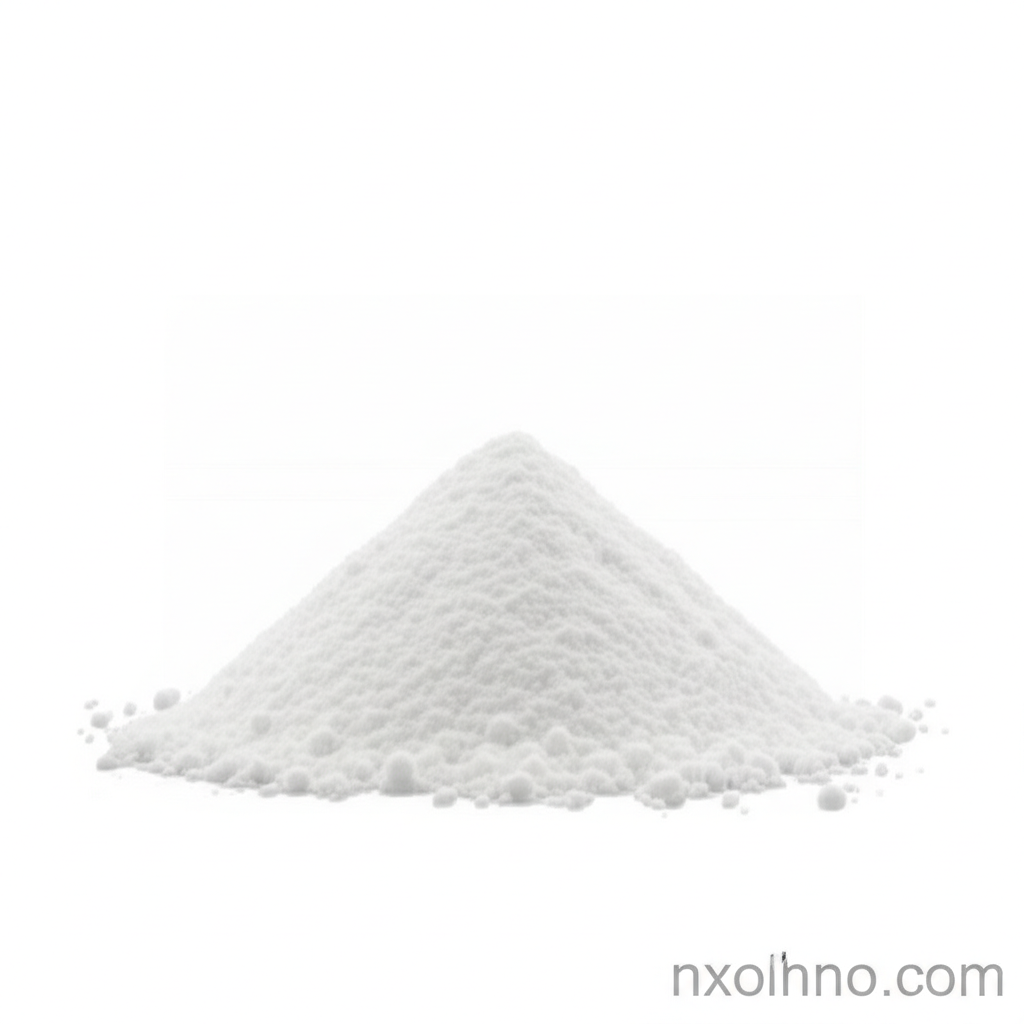Oxolinic Acid CAS 14698-29-4: Your Solution for Bacterial Disease Control
Harness the power of Oxolinic Acid for effective antibacterial treatment in agriculture and veterinary applications.
Get a Quote & SampleProduct Core Value

Oxolinic Acid
Oxolinic Acid (CAS 14698-29-4) is a high-quality, white powder antibacterial agent with a guaranteed purity of ≥98.0%. It is a potent solution for combating Gram-negative bacterial infections, making it a vital component in protecting both agricultural crops and aquatic animal health. Its efficacy against challenging diseases like rice blight and bacterial issues in fish and shrimp makes it an indispensable product for industry professionals.
- Discover the benefits of using oxolinic acid for rice seeds, offering crucial protection against blight.
- Learn how oxolinic acid for fish disease treatment can safeguard aquatic populations.
- Explore our comprehensive oxolinic acid supplier network for reliable sourcing.
- Understand the veterinary applications of oxolinic acid, ensuring animal well-being.
Advantages of Oxolinic Acid
Broad-Spectrum Efficacy
Oxolinic acid exhibits strong efficacy against a wide range of Gram-negative bacteria, providing robust protection in agricultural and veterinary settings, making it a key agricultural chemical.
Crop Protection Powerhouse
Its application in treating rice seeds effectively combats rice blight, a significant threat to yield, showcasing its importance in crop protection.
Aquatic Health Guardian
Oxolinic acid is instrumental in treating bacterial diseases in fish and shrimp, ensuring the health and survival rates of valuable aquatic stock.
Key Applications
Rice Seed Treatment
Applying oxolinic acid for rice seeds is a critical step to prevent seedling spoilage and rice blight, ensuring a healthy start for the crop.
Aquatic Animal Health
Utilizing oxolinic acid for fish and shrimp disease treatment helps control bacterial infections, promoting healthier aquaculture environments.
Veterinary Medicine
As a trusted veterinary oxolinic acid, it plays a vital role in treating bacterial infections in various animal species, supporting animal welfare.
Agricultural Fungicide Use
Its classification as a fungicide highlights its dual role in controlling both bacterial and certain fungal threats to crops.
